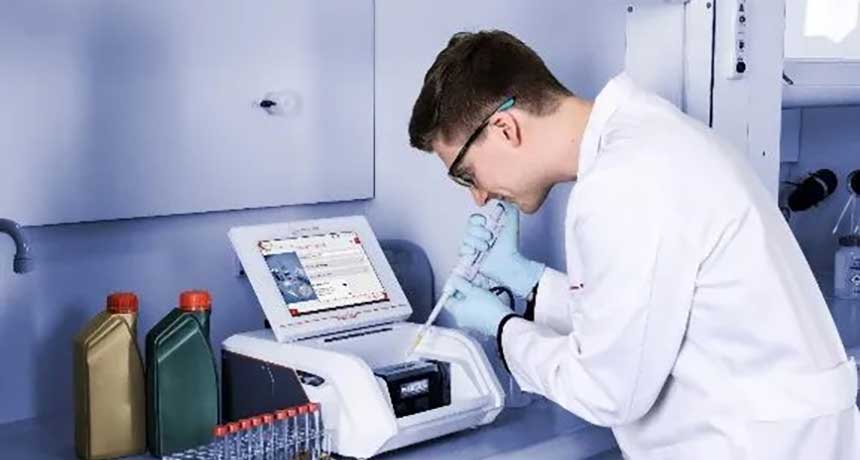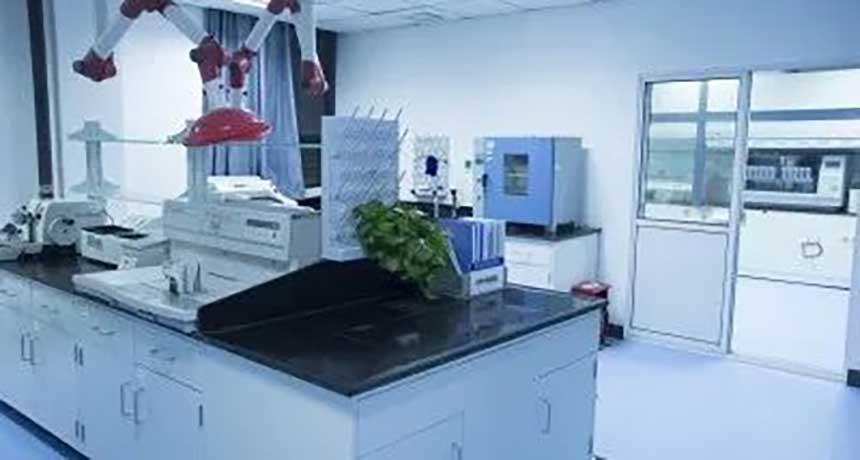Medical endoscope is a testing instrument that integrates traditional optics, ergonomics, precision machinery, modern electronics, mathematics, and software. It is mainly composed of image sensors, optical lenses, light sources, mechanical devices and other components. It can pass through the human body. Natural orifices or small surgical incisions are used to enter the body, and the endoscope can be used to see lesions that cannot be shown by X-rays, and doctors can formulate the best treatment plan accordingly. According to Xingxingcha data, medical endoscopes are mainly divided into the following two categories:
Rigid endoscopes: cannot be bent and enter sterile tissues, organs, and sterile chambers of the human body through surgical incisions. They mainly include laparoscopy, thoracoscopy, arthroscopy, etc. Rigid endoscopes can be divided into white light rigid endoscopes. and fluoroscopic hard lenses.
Flexible endoscope: It can be bent freely and enters the body through the natural orifice of the human body. The scope is long and has a certain degree of flexibility. The photoelectric signal transmission distance is long. The diameter of the insertion part of the scope is small and the function integration is complex. It has a great impact on the design process. And manufacturing technology requirements are higher and have higher technical barriers, mainly including gastroscopy, colonoscopy, bronchoscopy, etc.
Medical endoscopes are mainly composed of three major systems, namely the endoscope system, the image display system, and the lighting system. Taking the currently more commonly used electronic endoscope as an example, the scope extends into the patient's body, and multiple pipes are arranged inside the scope, including lighting optical fibers, image transmission optical fibers, air transmission channels, water transmission channels, instrument channels, etc. Data shows that endoscopy is extremely precise and requires the cooperation of multiple professional fields.
Speculum system: mainly includes handle and scope body. The mirror body is mainly composed of objective lens, image transmission components, eyepieces, lighting components and auxiliary components.
Image display system: Early endoscopes or rigid-tube endoscopes used direct vision, while current electronic endoscopes usually consist of CCD/CMOS photoelectric sensors, displays, computers and image processors.
Lighting system: mainly lighting sources, light beams, etc. The earliest endoscopic equipment used hot light sources, such as natural light, kerosene lamps, energized platinum wire rings, small incandescent lamps, etc., which can easily cause burns to the human body and require a water cooling device. Nowadays, cold light sources are commonly used, mainly LED light sources, Xenon lamp, halogen lamp.
Imaging lens: In the past, spherical design was used, which increased aberration and deformation, resulting in obvious undesirable phenomena such as unclear images, distorted field of view, and narrow field of view. However, the current aspheric design is composed of spherical surfaces and curved surfaces other than flat surfaces. By changing the curvature of the lens, the light is gathered at a fixed focus, correcting the image and solving problems such as field of view distortion, while making the lens lighter, thinner, and flatter.
Image sensor: The image sensor is a sensor that senses optical image information and converts it into usable output information. It is an important component of a digital camera. Can be divided into charge coupled devices (CCD) and metal oxide semiconductor devices (CMOS). CCD has high resolution, wide dynamic range, and low distortion, but has high power consumption; CMOS has small size, low energy consumption, low cost, and high system integration, but has low signal-to-noise ratio and poor image quality. There is no technological gap between domestic and foreign countries. big.
Image Noise Reduction: Image noise reduction refers to the process of reducing noise in digital images. In the endoscopic camera system, due to the particularity of the application scenario, targeted image processing needs to be carried out based on the application characteristics of minimally invasive surgery to meet the needs of clinical diagnosis and treatment. When the endoscope moves, blurry images will be generated. Use a noise reduction algorithm to filter out the pixels in the captured image that move relatively slowly relative to the object, thereby keeping the image clean and clear, allowing doctors to make accurate diagnoses;
Edge enhancement technology uses algorithms to generate high-contrast blood vessel views to facilitate doctors' analysis; using false color imaging, digital filtering and other technologies, some inconspicuous or early lesions can be highlighted. Edge enhancement: The purpose of edge enhancement is to improve the quality and recognizability of the image, make the image more conducive to observation or further analysis and processing, and help doctors more comprehensively view abnormal phenomena in tissues. It is also very important in endoscopic image processing. technology. Xingxingxing data shows that, for example, it is difficult to distinguish small blood vessels from surrounding tissue based on color, but edge enhancement technology can be used to generate a higher-contrast view of blood vessels for doctors to analyze. In addition, edge enhancement is often used to improve the view quality of tissue texture images and mucosal surface images.
Disassembly of the endoscope: Because the exterior of the endoscope is made of all stainless steel and is extremely precise, it is difficult to disassemble. Before disassembly, you must carefully check the general structure of the mirror and find the correct interface before proceeding to prevent damage to its illumination. System, first use an alcohol lamp to heat the eyepiece end to deglue, and then use a jig (flat-nose pliers, tripod pliers, copper eyepiece ring, etc.) to remove it. The copper eyepiece ring is a jig that is stuck on the eyepiece end to facilitate opening the eyepiece end. This fix The tools can be made by yourself according to the different sizes of the mirror. When using various jigs to open the mirror, remember to be careful to prevent impact on the mirror. Because many mirrors have a lot of glue on the inside, you need to be more patient when opening them. Repeated and careful work is an essential quality. After opening the interface, do not disassemble it blindly. The optical structure of each mirror is different. You need to see the fit and position of each part before dismantling it.
YSENMED is an endoscope supplier from China. YSENMED has 20 years of industry experience in the medical equipment industry.






